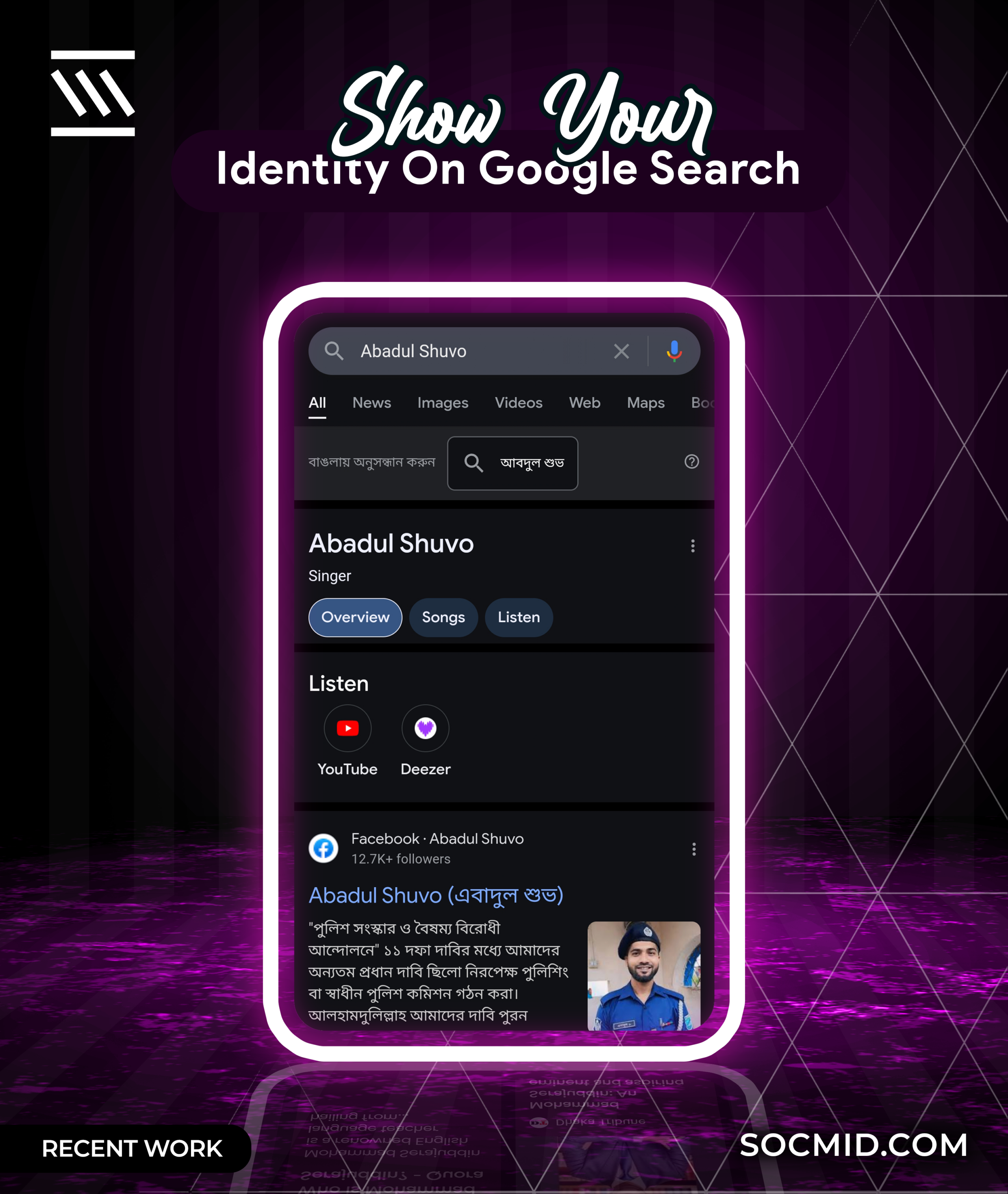In the vast and ever-changing landscape of the internet, achieving top rankings on search engine results pages (SERPs) is a coveted prize. It’s a battleground where businesses and content creators vie for visibility, traffic, and ultimately, success. While the algorithms that power search engines are complex and ever-evolving, one thing remains constant: the importance of on-page SEO.
On-page SEO, or on-site SEO, refers to the practice of optimizing individual web pages to rank higher and earn more relevant traffic in search engines. It involves a series of techniques that focus on both the content and HTML source code of a page. By mastering these techniques, you can significantly improve your website’s visibility and attract more organic traffic.
So, what are the essential on-page SEO techniques that you need to know in 2024? Let’s dive into the details and explore how you can conquer the search engine summit.
- Keyword Research and Optimization:
The foundation of any successful SEO strategy is thorough keyword research. Identify the terms and phrases your target audience is searching for and incorporate them strategically into your content. However, avoid keyword stuffing, which can harm your rankings. Instead, focus on creating natural and engaging content that seamlessly integrates your target keywords.
- Compelling Title Tags and Meta Descriptions:
Title tags and meta descriptions are crucial elements of on-page SEO. They provide concise summaries of your page’s content and appear in search engine results. Craft compelling title tags that include your target keywords and entice users to click. Write informative and engaging meta descriptions that accurately reflect the content of your page and encourage click-throughs.
- Well-Structured Content with Header Tags:
Search engines love well-structured content. Use header tags (H1, H2, H3, etc.) to organize your content and make it easier for both users and search engines to understand. Your main keyword should ideally be included in the H1 tag, while secondary keywords can be used in subsequent header tags.
- High-Quality, Engaging Content:
Content is king in the realm of SEO. Create informative, engaging, and valuable content that answers your audience’s questions and provides solutions to their problems. Long-form content tends to perform well in search results, as it provides more opportunities to incorporate relevant keywords and demonstrates expertise on a topic.
- Internal and External Linking:
Internal links help users navigate your website and discover more of your content, while external links to authoritative sources can boost your credibility. Make sure your internal links are relevant and use descriptive anchor text. When linking to external sources, choose high-quality websites with a good reputation.
- Image Optimization:
Images can enhance the visual appeal of your content, but they can also slow down your website if not optimized properly. Compress your images to reduce their file size without sacrificing quality. Use descriptive file names and alt text that include your target keywords. This will help search engines understand the content of your images and improve their visibility in image search results.
- Mobile Responsiveness:
With the majority of internet users accessing websites on mobile devices, it’s crucial to ensure that your website is mobile-friendly. Responsive design adapts to different screen sizes, providing a seamless user experience across devices. Mobile-friendliness is also a ranking factor in Google’s algorithm.
- Page Speed Optimization:
Nobody likes a slow website. Page speed is a critical factor in user experience and search engine rankings. Optimize your website’s loading time by minimizing code, leveraging browser caching, and using a content delivery network (CDN).
- User Experience (UX):
Search engines prioritize websites that provide a positive user experience. This includes factors like easy navigation, clear calls to action, and a visually appealing design. A well-designed website encourages users to stay longer, explore more pages, and ultimately, convert into customers or subscribers.
- Technical SEO:
Technical SEO involves optimizing the technical aspects of your website to improve its crawlability and indexability by search engines. This includes creating an XML sitemap, optimizing your robots.txt file, fixing broken links, and ensuring your website is secure with HTTPS.
The on-page SEO techniques outlined above are just the tip of the iceberg. The field of SEO is constantly evolving, and staying up-to-date with the latest trends and best practices is essential for success. However, by mastering the fundamentals of on-page SEO and consistently creating high-quality content, you can significantly improve your website’s visibility, attract more organic traffic, and achieve your online goals.
Remember, SEO is a marathon, not a sprint. It takes time and effort to see results. But with patience, persistence, and the right strategies, you can conquer the search engine summit and reap the rewards of increased traffic, leads, and sales.






